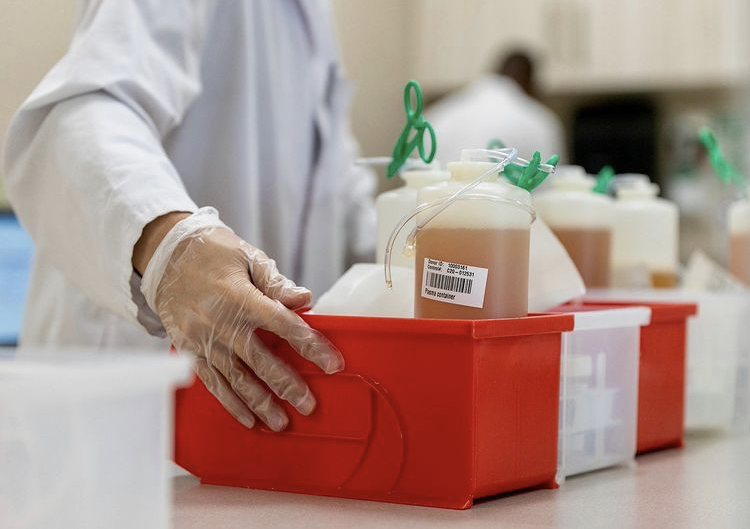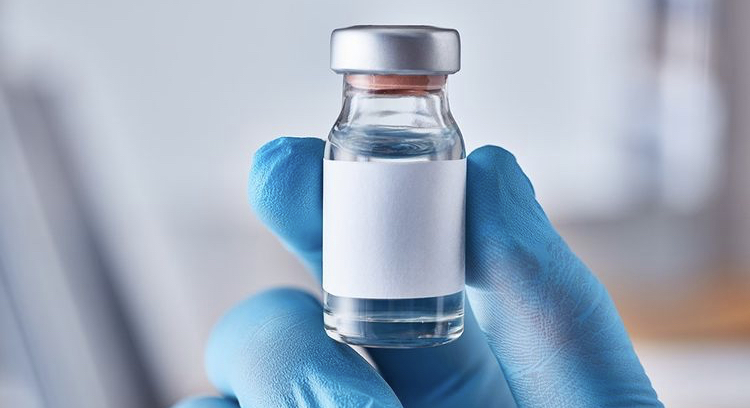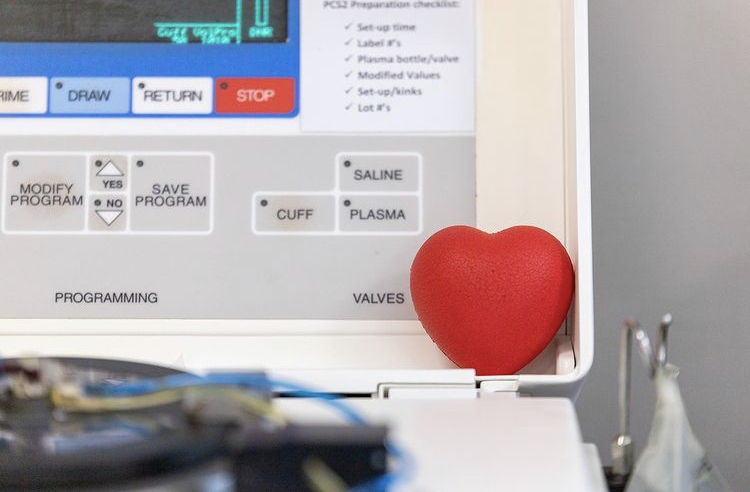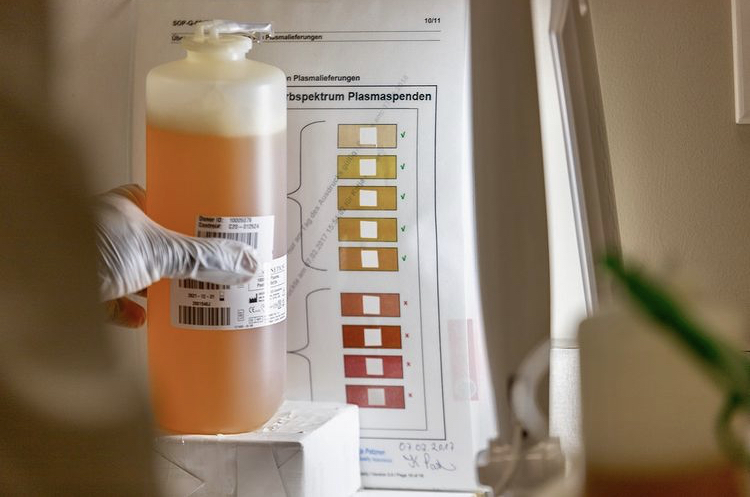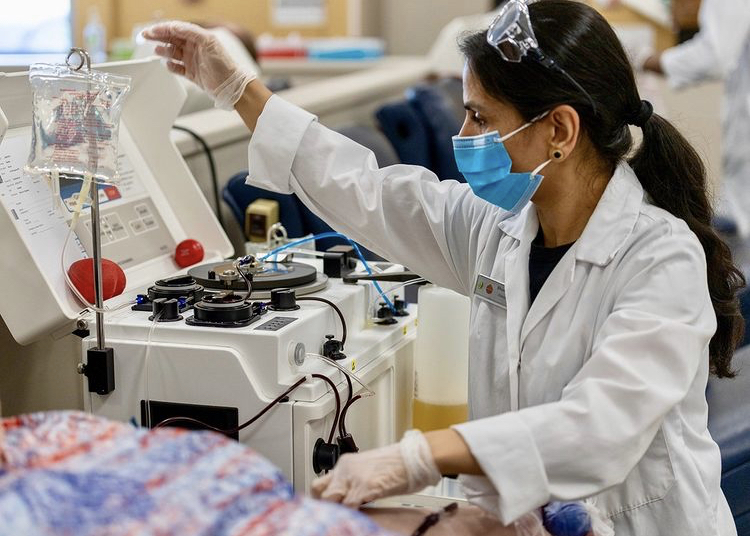Blog
janvier 4, 2021
Paid plasma donations are largely responsible for the creation of plasma therapies. In fact, compensated plasma accounts for 89% of all the world’s plasma that is used to manufacture plasma-derived products. It’s statistics like these that motivate us to continue to pave the way for paid plasma donations in Canada.
If you’re interested in learning how you can earn up to $4,680/year as a plasma donor at DB Plasma, keep reading to find out!
Donate Plasma Consistently
With our donor compensation program, donors get rewarded with more compensation the more they donate! All donors who give plasma at DB Plasma start at Orange level. At this level, donors earn $30 for their first donation of the week and $50 for their second donation of the week.
Donors who have given plasma twice per week for two consecutive weeks move on to Silver level. Silver level donors are eligible to receive $30 for their first donation of the week and $55 for their second donation of the week.
The highest level donors can reach is Gold level. Donors attain this status after they’ve given plasma twice per week for two more consecutive weeks (following the initial two consecutive weeks). These two weeks of consecutive donations do not need to occur back to back. Gold level donors are eligible to receive $30 for their first donation of the week and $60 for their second donation of the week!
Refer a Friend
Another great way to earn additional compensation is by referring a friend or family member to donate plasma! Donors who refer a friend or family member to donate plasma are eligible to receive a $25 bonus so long as the referee follows through on the donation. Here’s how the donor referral process works:
1. Send a text message, WhatsApp message, Facebook message, Instagram DM or Twitter DM to the person you’re referring.
2. Include your full name in the message
3. Have the referee show the message to our reception staff after they donate.
We’re also offering referees the opportunity to earn a one time $50 bonus if they start donating by November 29th!
Participate in Events
At DB Plasma, we regularly hold events that give donors the opportunity to earn a monetary bonus if they meet certain donation criteria. To make sure you don’t miss out on opportunities to earn additional compensation, follow us on Instagram, Facebook, and Twitter and keep an eye out for our announcements!
We’ve seen firsthand just how beneficial paying plasma donors can be for both donors and patients alike. To contribute to a good cause and make money all the while, book your next plasma donation appointment!


